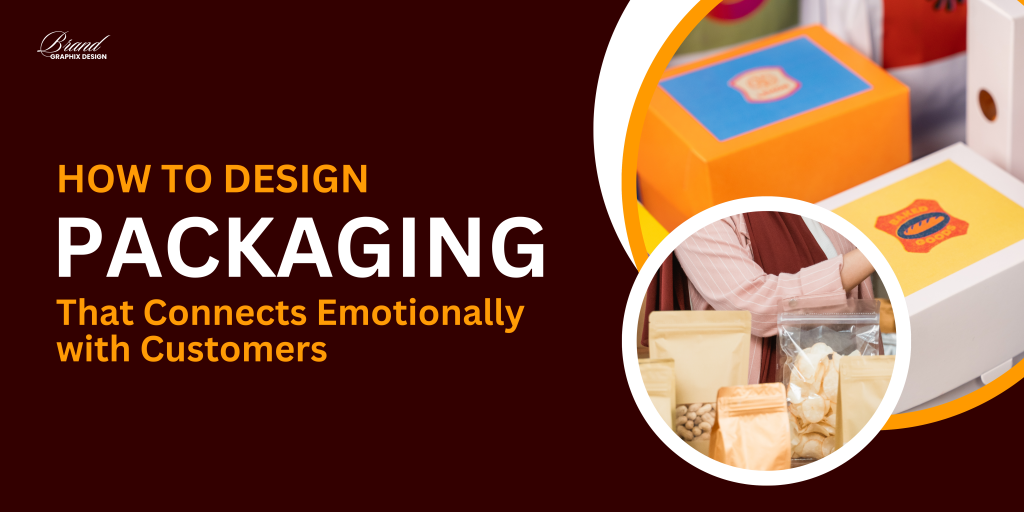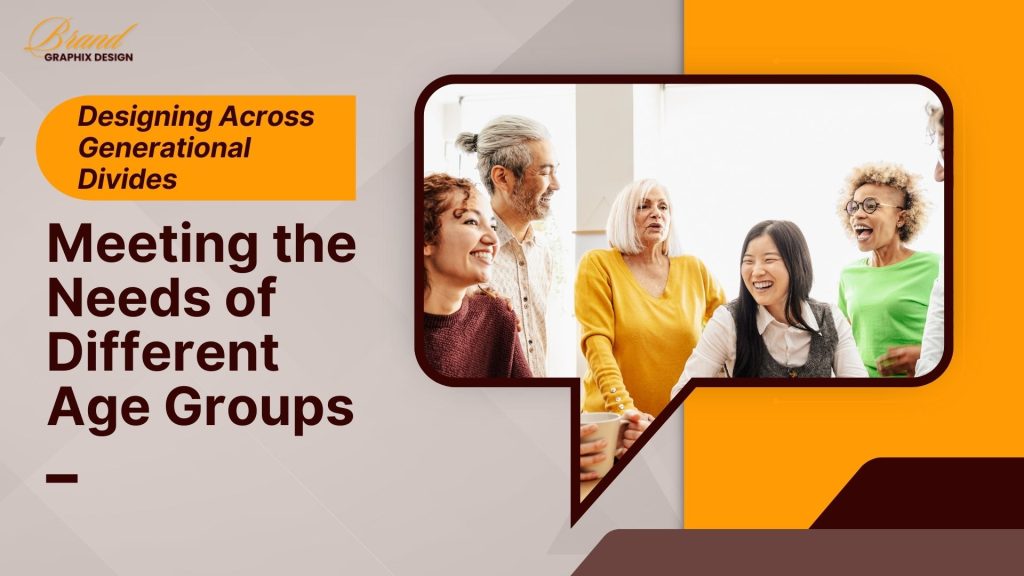1. Understanding the Power of Emotional Connection: Great packaging does more than just protect a product; it creates an emotional bond with customers. Emotional connections in packaging design are formed through colors, typography, imagery, and messaging that resonate with consumers. When packaging evokes nostalgia, excitement, or trust, it enhances brand loyalty. Businesses that understand their target audience’s emotions can design packaging that speaks directly to them. The goal is to create an experience that makes the customer feel something meaningful, whether it’s comfort, luxury, or fun.
2. Using Colors to Evoke Emotions: Color psychology plays a vital role in packaging design. Different colors evoke different emotions; for example, red creates excitement and urgency, while blue evokes trust and calmness. Brands use colors strategically to influence customer perceptions and decisions. Understanding the target audience and their emotional responses to colors can help brands choose the right palette. Consistency in color branding builds recognition and strengthens emotional connections, making the product more memorable.
3. Storytelling Through Packaging: A compelling story makes packaging more engaging and memorable. Brands that incorporate storytelling elements into their packaging create an emotional connection with customers. This can be achieved through visual cues, taglines, or packaging designs that reflect the brand’s journey. Whether it’s a story about sustainability, craftsmanship, or heritage, storytelling adds depth and meaning to a product. Customers are more likely to connect with a brand that shares values and experiences that resonate with them.
4. Personalization and Customization: Personalized packaging makes customers feel valued and special. Adding elements like custom names, handwritten notes, or unique designs tailored to different customer segments enhances emotional engagement. Many brands use limited-edition packaging or seasonal variations to make customers feel they are part of something exclusive. Customization creates a sense of ownership, making customers more likely to form a bond with the brand and return for repeat purchases.
5. The Role of Texture and Materials: The tactile experience of packaging can create a strong emotional response. Materials like soft-touch coatings, embossed lettering, and eco-friendly textures add depth to a customer’s interaction with a product. High-quality materials convey luxury, while sustainable packaging reflects environmental responsibility, appealing to conscious consumers. The feel of packaging influences how customers perceive the product’s value and quality, making texture an essential component of emotional branding.
6. Simplicity and Minimalism in Design: A clean and simple packaging design can create a powerful emotional impact. Minimalism is associated with elegance, sophistication, and clarity. Brands that adopt minimalistic designs ensure that their messaging remains clear and that the product’s purpose is easily understood. Too much clutter in packaging can overwhelm customers, reducing the emotional connection. A balance between simplicity and creativity ensures that the packaging remains visually appealing while effectively communicating the brand’s message.
7. Creating a Sense of Surprise and Delight: Unexpected elements in packaging can enhance the emotional experience of unboxing. Unique opening mechanisms, hidden messages, or small gifts included in the package create a sense of delight for customers. These small details leave a lasting impression and encourage customers to share their experience on social media. Surprise elements make packaging more memorable and encourage repeat purchases by building anticipation for future interactions with the brand.
8. Sustainability and Ethical Packaging Choices: Consumers today are more emotionally connected to brands that align with their values. Sustainable packaging choices, such as biodegradable materials or reusable designs, enhance a brand’s emotional appeal. Ethical packaging reflects a brand’s commitment to the environment and social responsibility, making customers feel good about their purchase. Brands that prioritize sustainability not only reduce environmental impact but also build trust and loyalty among conscious consumers.
9. Consistency Across Branding Elements: Consistency in packaging design strengthens brand recognition and emotional connection. Using the same color schemes, fonts, and design elements across different products helps build familiarity. When customers instantly recognize a brand’s packaging, they develop trust and a sense of belonging. A cohesive brand identity ensures that every customer interaction, from the packaging to the product experience, aligns with the brand’s values and message.
10. Enhancing the Unboxing Experience: The unboxing experience is a key moment in the emotional connection between customers and brands. Well-designed packaging that creates excitement, surprise, and satisfaction makes customers feel valued. High-quality packaging materials, thoughtful design elements, and engaging messaging all contribute to a positive unboxing experience. Many brands encourage customers to share their unboxing moments on social media, turning packaging into a powerful marketing tool.
Conclusion: Emotional connections through packaging design play a crucial role in customer loyalty and brand perception. By using colors, storytelling, personalization, and sustainability, brands can create packaging that resonates with customers on a deeper level. A well-designed package not only enhances the product’s appeal but also fosters a lasting relationship with customers. Businesses that invest in emotionally engaging packaging set themselves apart in a competitive market, ensuring long-term success.




